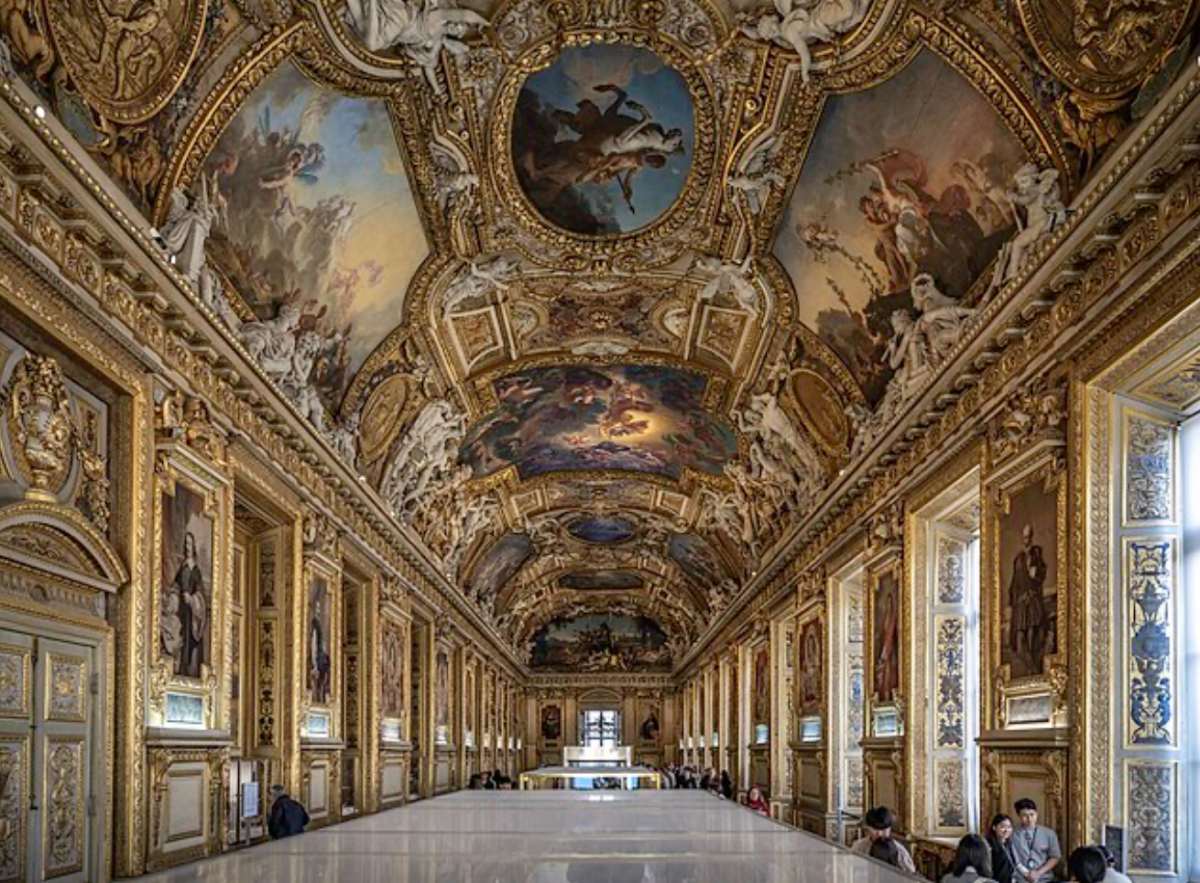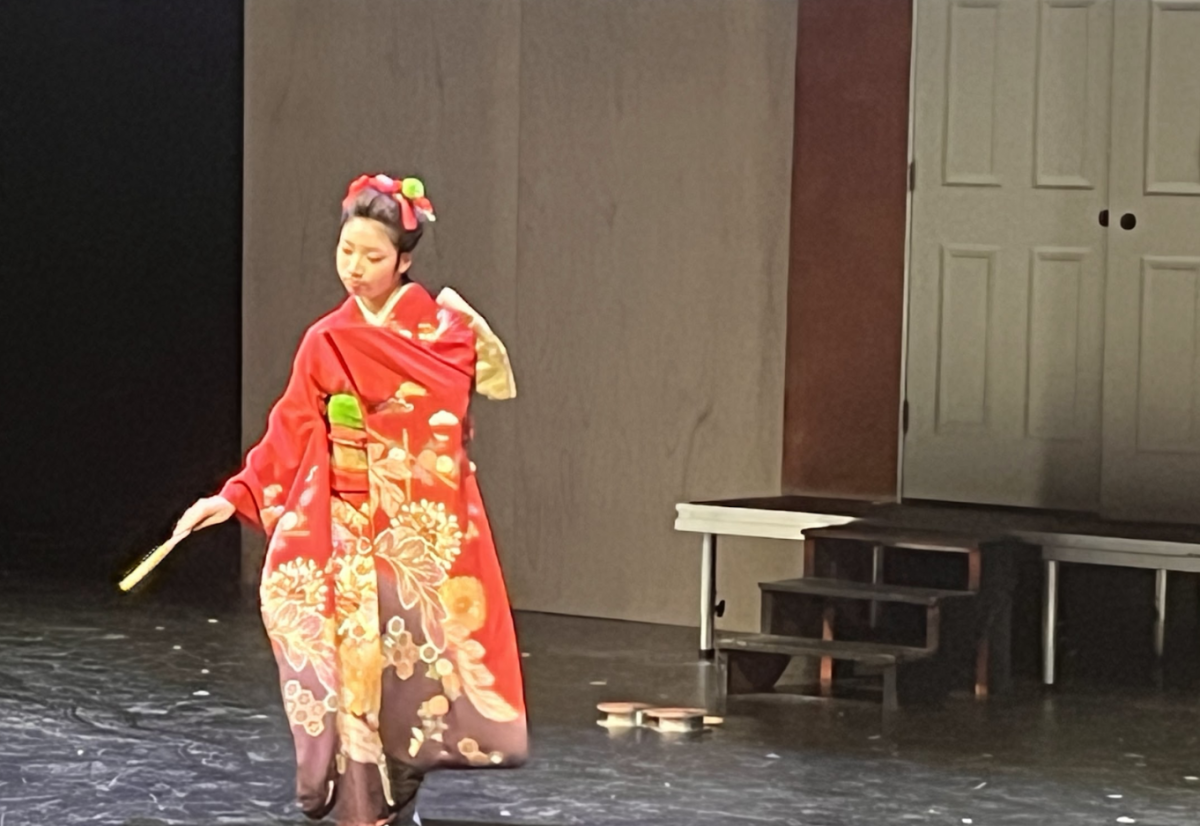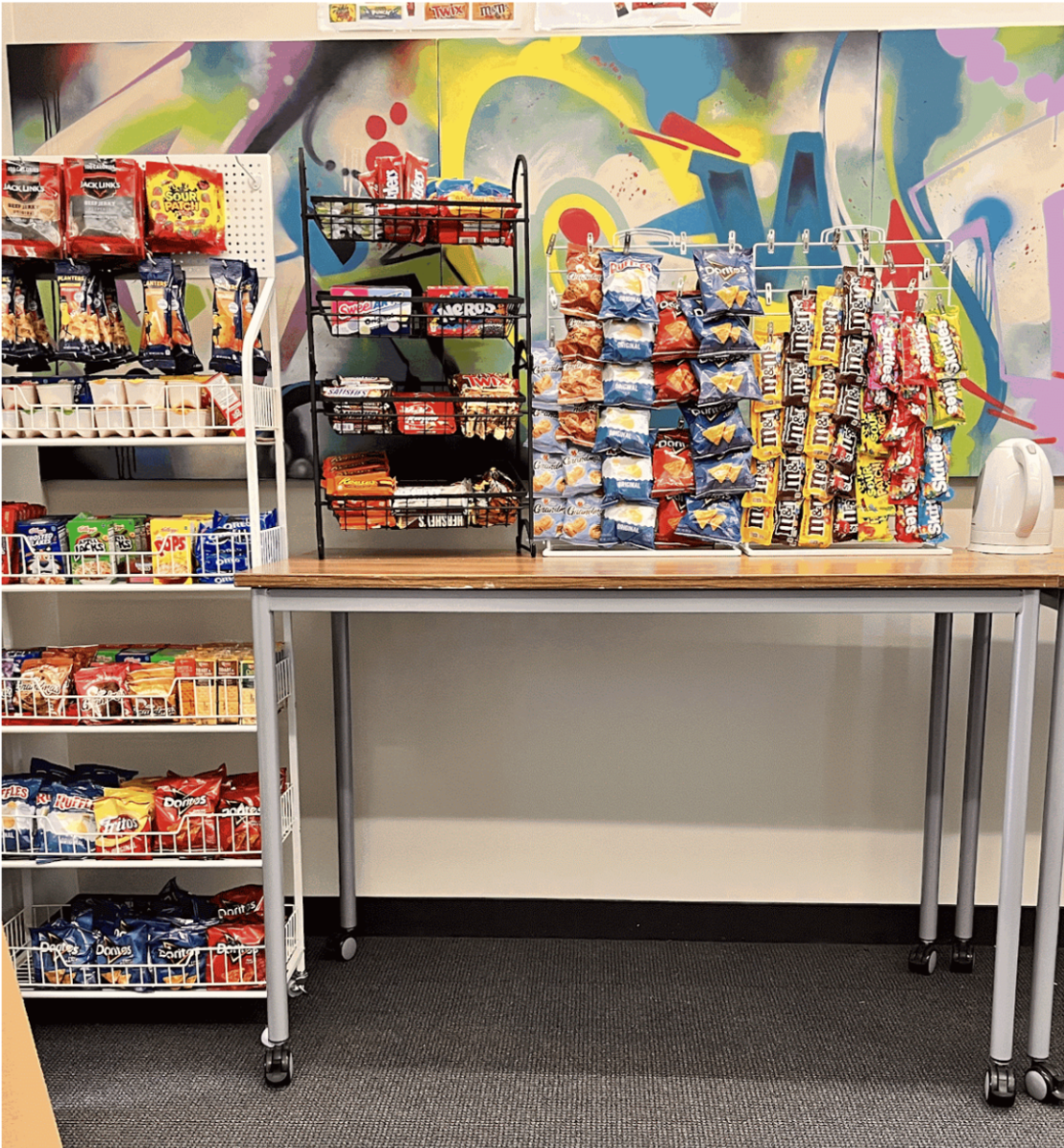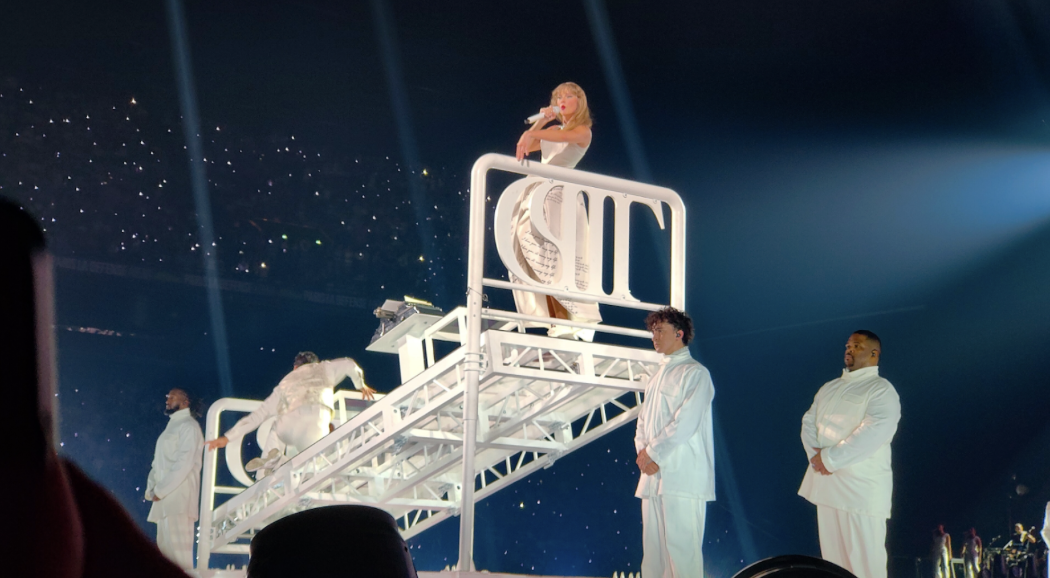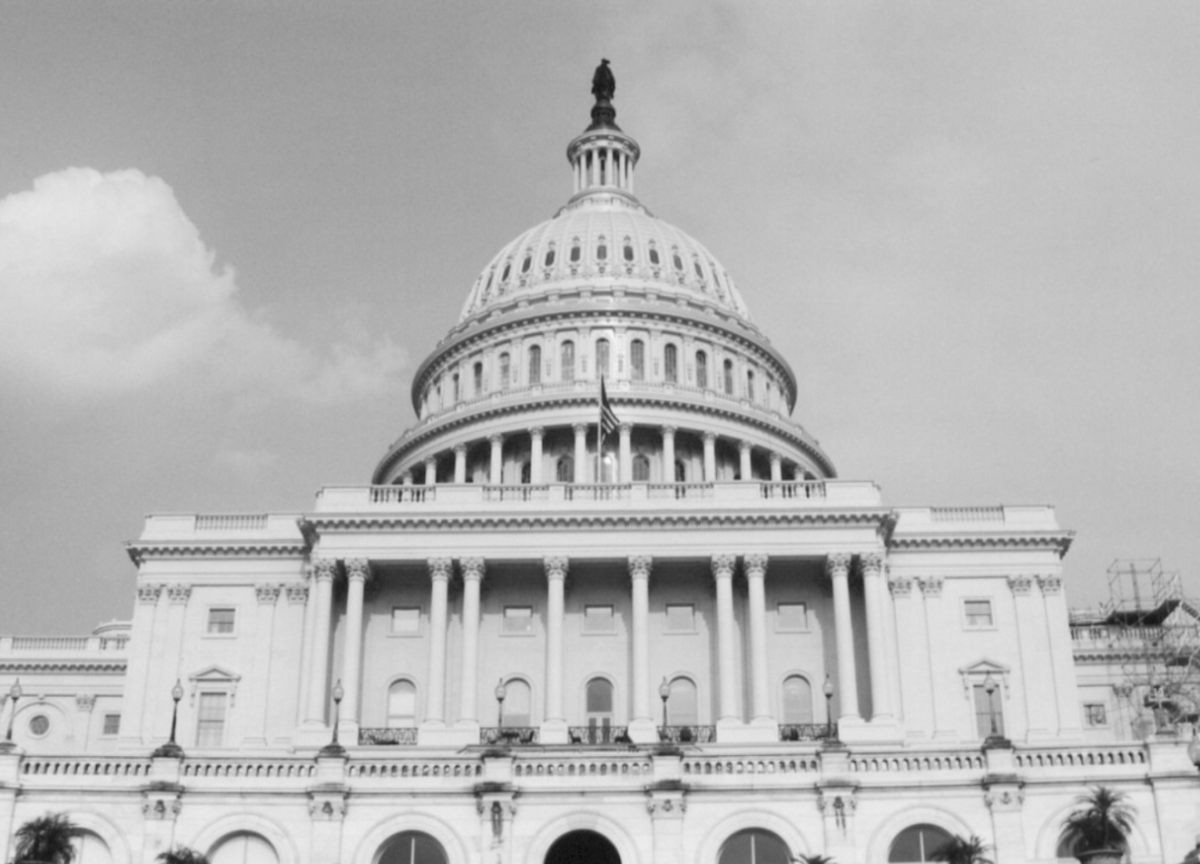Rebecca Siegel
Design Editor
Three seniors from Burlingame High School sat on the floor of a dark dusty basement off of Van Ness Avenue on a recent Friday night. Their heads were nodding rhythmically keeping track of the heavy bass that was pulsating through the building. Their eyes were glazed over in fascination as a junior from a San Francisco independent school gave them a light show, following the beat with light up gloves.
Gloving is one of few non-drug related activities that the rave culture fosters.The high energy, all-night dance parties have become increasingly popular over the last decade especially among 15 to 18-year-olds. Raves — originally started in the 1980s — were secret, late night, private dance parties attended by young adults. But today, some raves have reached a mainstream audience and have become fully-organized, legal social events. With the influx of teenagers into rave culture, some events, like Dubstep concerts, have lost their unsafe and illegitimate stigma.
“One common misconception about raves is that everyone is on thizz [MDMA] or other drugs or alcohol,” junior Cate Svendsen said when asked about raves.
Svendsen is not so far from the truth. At any rave, dealers can easily sell illegal substances like MDMA, more commonly known as ecstasy, openly. Club-drugs like MDMA or acid have found resurgence in the teenage rave phenomena and reach younger and younger demographics as raves become commercialized and supposedly safer.
However in conversation with some ravers, teenagers and young adults who attend raves regularly, the emphasis on drugs is secondary to their personal experience.
“I’m here for the music, the people, the sense of community, and the adventure, I’m young!” said one college freshman who declined to give her name because of future employment opportunities.
A common slogan heard at any rave is “P.L.U.R.,” an acronym for peace, love, unity, and respect. While illegal drug use holds the most significant place in the popularity of the rave subculture, a message of acceptance also attracts many people.
“It’s completely non-judgmental, you’re free to do you,” said a junior from San Rafael High School, who refused to give her name because she said wants to get into college. “I’m not interested in drugs, but I have an amazing time here.”
The majority of raves are not commercialized or legitimate, in fact, most raves are underground or illegal, and take place in secret locations like basements in abandoned buildings. The parties are policed by private security, not necessarily to ensure the safety of participants, but to warn organizers if law enforcement decides to crash the party.
At around 1:45 a.m. the bass is still throbbing, people are dancing on tables, and some of the organizers, a group of Asian men no older than 25, were pushing drugs on late arrivals. Then the lights went up.
“Shut Up!” screamed an event organizer to a crowd of excited young people. The energy and eagerness in the room quickly changed to fear and confusion as participants quickly realized he was very serious.
“We have a situation,” he called out, “Some chick overdosed off of seven tabs of acid and an ambulance was called, the police will be here soon.”
In the rush to the door there weren’t any fights, and party-goers created an orderly line up the stairs and out the back door. Girls helped each other put jackets on and boys made sure no one was trampled.
Most party goers are easy-going because they are under the influence according to ravers. Individual drug dealers as well as event organizers were pushing dangerous club drugs such as ecstasy (MDMA) and acid (LSD) throughout the night. Despite the danger surrounding them both raves and illicit drug use gain popularity.
“The experience and people here are great, I had so much fun,” the college freshman said. “The drugs, though, are definitely a bonus.”



